GSA, ESICM, and SCCM Issue Joint Statement Highlighting Links Between COVID-19 and Sepsis
Today a consensus paper by ESICM, SCCM, and the GSA was published in Intensive Care Medicine, emphasizing the importance of recognizing that patients critically ill with COVID-19 have viral sepsis, despite some differences from sepsis caused by other pathogens.
“Sepsis should become a widely used umbrella term for a condition that is caused by different pathogens, including SARS-CoV-2”, says Tex Kissoon, GSA President. “This pandemic has shown us the effectiveness of international and horizontal cooperation between healthcare professionals and policymakers. We must keep the focus on infection prevention measures and use the successful trial platforms set up during the pandemic to support research on sepsis. Above all governments should integrate sepsis in the national health systems, as urged by the WHA resolution of 2017“, concludes Kissoon.
The three organizations also warn that patients who survive other forms of sepsis suffer longer-term ill-effects similar to those of patients with “long-COVID”, although they are not equally well recognized. Scientific literature demonstrates that longer-term effects of sepsis, known as post-sepsis syndrome, occur in up to 50% of sepsis survivors, who suffer from persisting physical, cognitive, and psychological sequelae.
What Is Sepsis?
Sepsis arises when the body’s response to an infection injures its own tissues and organs. It may lead to shock, multi-organ failure, and death – especially if not recognized early and treated promptly. Sepsis is the final common pathway to death from most infectious diseases worldwide, including viral infections such as SARS-CoV-2 / COVID-19.
The following video explains sepsis in 3 minutes - including the most common causes, symptoms, how it can be diagnosed and treated, and more.

